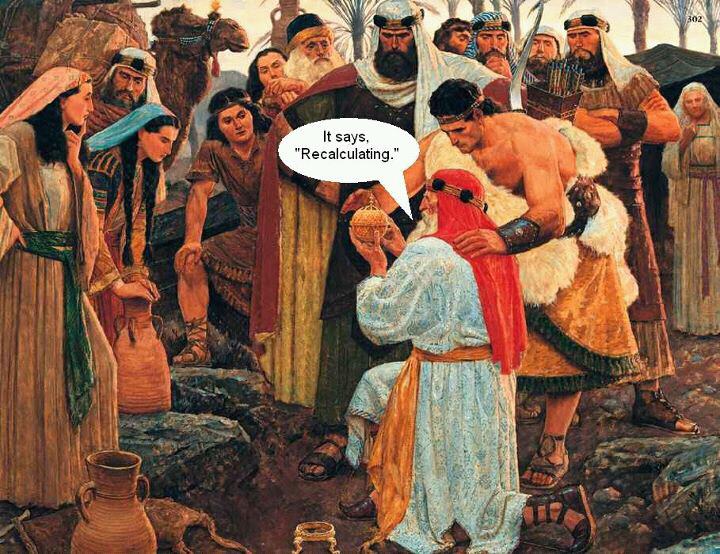Nope, not talking about looking for application of Sun Tzu’s military maxims in the Book of Mormon — though that would be an interesting post as a follow-up to my one about Alexander the Great, and I may well write it. Instead, I’m talking about translation.
I am currently working on a revised and update version of a book I wrote nearly 20 years ago, The Art of ‘Ware (AoW). This is a reinterpretation of Sun Tzu’s classic work, The Art of War (Suntzu pingfa), as applied to developing and marketing technology. While I did study Mandarin some in college, my Chinese skills are very weak and minor at best, so I wrote my book by reading several different English translations, gaining the general idea that was being put forth, then coming up with how that applied to IT development and marketing.
Since I wrote the first edition, a new set of Suntzu pingfa translations have come out based a manuscript discovered in 1972 in Linyi, China, that predates known manuscripts by nearly a thousand years (think of it as the Dead Sea Scrolls equivalent of Suntzu pingfa). So in preparing my new edition, I am working with several newer English translations all based on the Linyi text. I have a spreadsheet that I’m creating with a separate worksheet for each of the 13 chapters. In the far left column is a bare bones “literal” transcription of the actual Chinese (a bit like a Greek or Hebrew interlinear translation), then successive columns contain the formal translations from six different sources (five individual authors and one “group” translation).
Chinese is a terse, logographic language that relies heavily upon context and very little upon inflection, conjugation and punctuation. What has been striking (though not surprising) is how differently each of the authors can translate the same Chinese text. Some translators try to keep their translations brief and in the same thought and even word order (when possible) as the Chinese text, while others feel free to rearrange the order of thoughts and elements to encompass the overall concepts. Often, the translators do not agree as to where a given thought ends and the next one starts, since there is little in the way of ‘punctuation’ in the Chinese text itself to guide them. And in some cases, they come up with exactly opposite meanings. Thus, in chapter 5 of Suntzu pingfa, we have the maxim “Disorder birth to rule”. While most of the translators render this as “Disorder is born from order”, one translator reverses that, rendering it as “Chaos gives birth to control.”
Nothing new, exciting, or original here, except that while working on my spreadsheet this afternoon, I started thinking of the on-going debate about “tight” vs. “loose” translation of the Book of Mormon. The “reformed Egyptian” (as Moroni called it) used on the golden plates was apparently terse; it is unclear whether it was alphabetic, syllabic, and/or logographic; and it certainly seemed to lack punctuation.
So, the underlying question is: how many different (valid) ways could there have been of translating the urtext on the plates — not just in particular word choices, but in order and connection of thoughts? By all historical accounts, Joseph was clearly receiving the translation by inspiration — leaving aside the fact that he didn’t read the Nephites’ language, his translation appears to have been entirely via the interpreters and the seer stone.
I don’t think this advances anything about the loose vs. tight debate, but it does help to keep in mind how many possible valid translations of the plates — differing not just in vocabulary and language but in actual thoughts — there could have been. Ambiguity and subtlety is a feature of many if not most languages. ..bruce..

